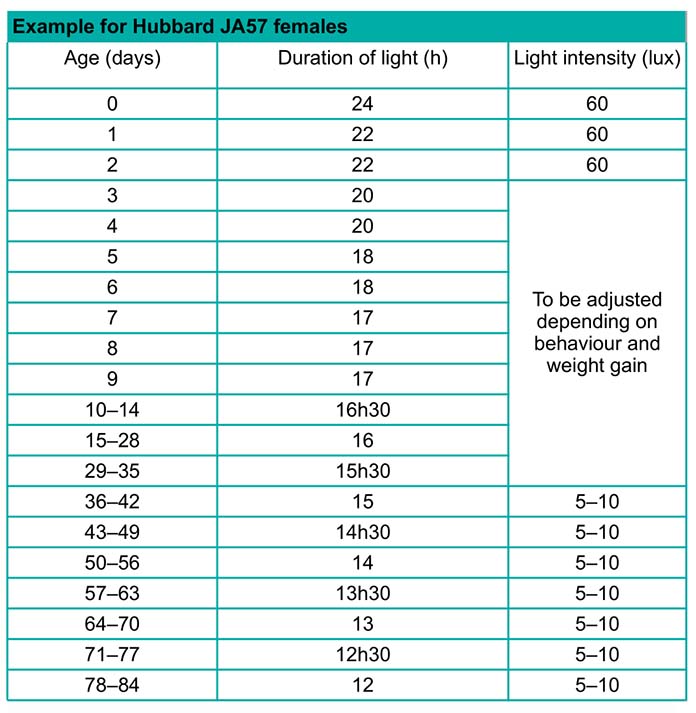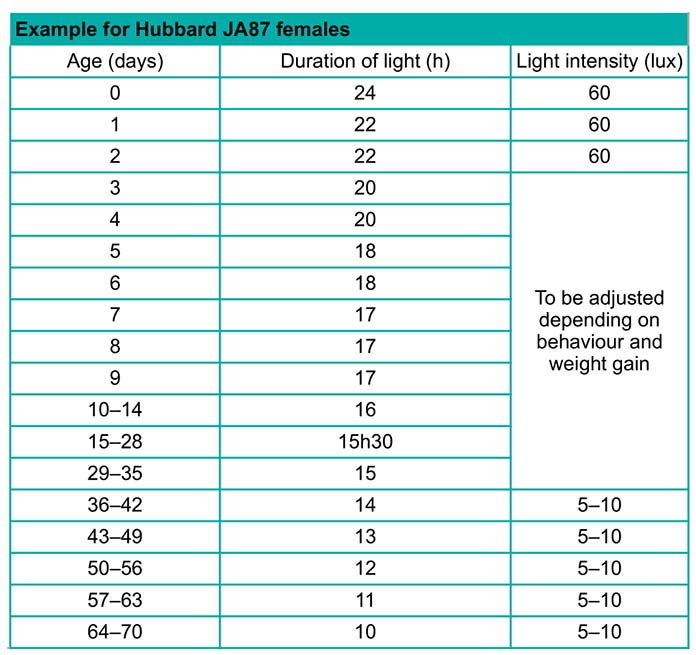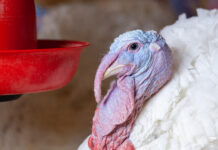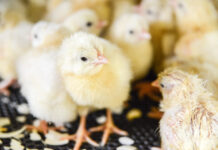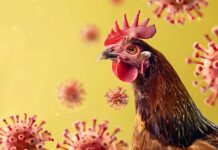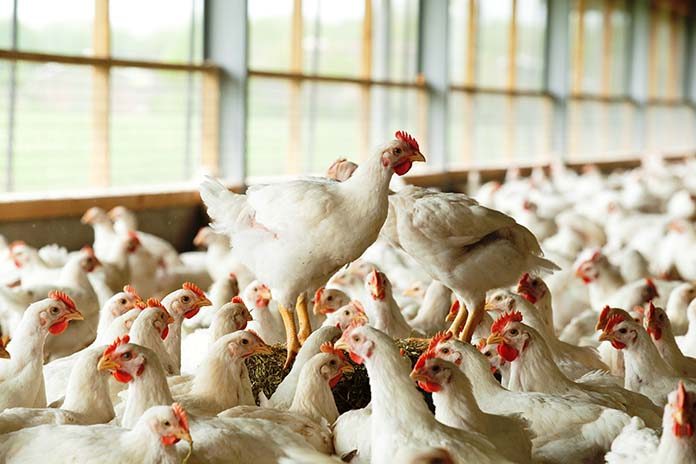
Achieving good uniformity is not the biggest challenge during the rearing period of Hubbard Premium breeder females. Because they take a fairly long time to clean-up the feeders, this allows for exceeding 85% uniformity as from an early age and to be maintained throughout the rearing period.
The most critical points in rearing are focusing on the natural early sexual maturity of the Hubbard Premium females. If the pullets come into lay too early, they are not able to ingest the amount of feed required to support their needs for production. This leads to a risk of broodiness and a drop in production after peak as well as to reduced egg weights for several weeks.
The main objectives are to develop a good frame size during the first weeks, then to encourage the pullets to consume larger amounts of feed and finally to adjust the lighting programme to delay the onset of lay. It is also important to avoid any stimulation through nutrition between 16 weeks of age and 5% of lay.
The priorities in the rearing phase can therefore be grouped into two critical points:
- Development of the pullets’ appetite
Achieving bodyweight targets in the first ten weeks
Rearing techniques can be introduced as soon as the chicks arrive in order to stimulate feed consumption and thus promote weight gain from the first few days of life.
- The use of an intermittent lighting programme until the age of 3–4 weeks (e.g. between Day 0 and Day 7: 2h30 of light and 30 minutes of dark; to be adjusted depending on flock behaviour) stimulates the birds’ activity and therefore their feed intake.
- The use of a Pre-starter feed for the first 4–5 weeks of life (2,850 Kcal/kg and 19% crude protein) also promotes weight gain right from the early weeks. A Starter feed (2,750 Kcal/kg and 18–19% crude protein) can then be used up to 8 weeks of age depending on the weight of the females.
Feed and feeding technique
In terms of appetite, Premium breeder females are closer to laying hens than to conventional breeding stock. Feed clean-up time can easily exceed 4 hours in the rearing house. This therefore calls for good feed presentation, especially for the Starter crumb (no fine particles).
- Development of the pullet’s crop capacity is the main key to a good appetite in the production phase, especially as production increases. The use of a 5/7 feeding programme from 6 weeks of age (to be adjusted depending on clean-up time and subject to applicable legislation) is essential to increase the pullet’s eating capacity.
- In addition, switching to a Grower Plus energy- reduced feed (2,650 Kcal/kg) allows the quantity of feed to be increased while maintaining the birds’ physiological appetite. The 100 Kcal/kg reduction between Starter and Grower diets (at around 8–9 weeks) allows the feed quantity to be increased by 3 grams (in the case of a 55g ration) for the same calorie intake.
- For this transition to succeed, frame development should start within the first four weeks of life (see fasted bodyweights according to the breeder guide).
- Management of onset of lay in the rearing house (before 154 days)
From 11 weeks of age, growth control should be stepped up to manage the females’ physiological development and thus minimise stimulation of the pullets’ sexual maturity related to bodyweight. To support the growth profile, a number of techniques can be employed to control the age at which pullets come into lay:
- The use of a slow step-down light programme for the breeder females only (see examples in the tables below) delays the start of sexual development in pullets.
- Use of a Pre-lay feed after transfer only (around 20 weeks of age) and up to 1% daily lay.
- Introduction of light stimulation (+1h/week) after 154 days. The light intensity will need to be adjusted depending on flock behaviour while maintaining a minimum of 60 lux.
Of course, this article can only explain a general approach. The Hubbard Technical Manager will be able to tailor these techniques more closely to the practical situation of each customer.
